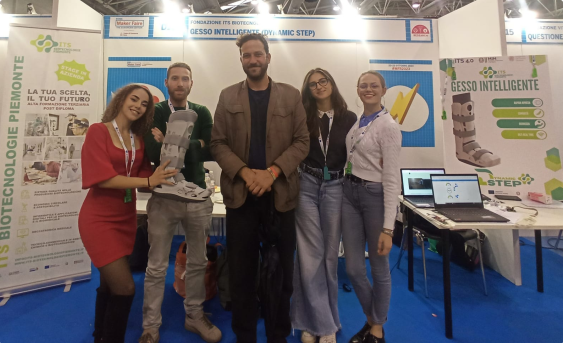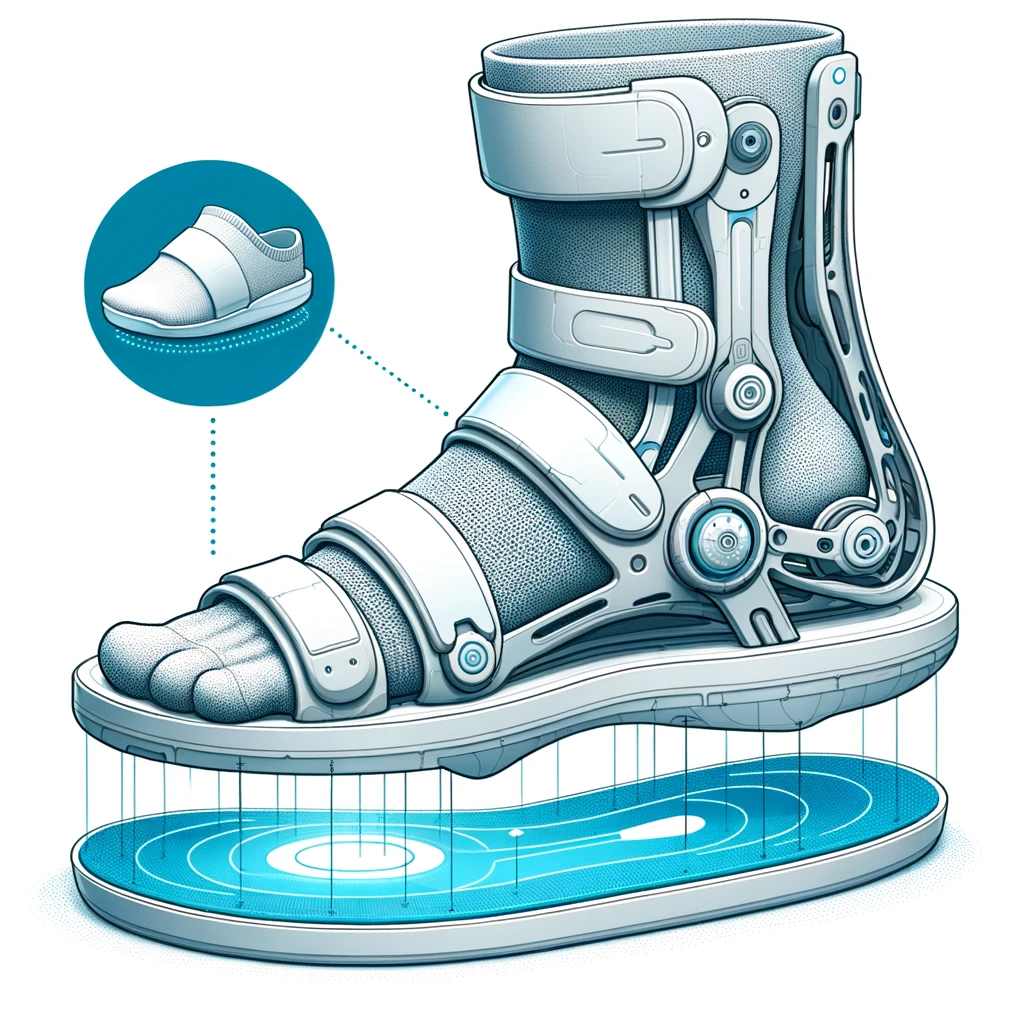
In the second half of 2023, I was involved by ITS Biotecnologie (Bioindustry Park) in the implementation of a project (Dynamic Step)that I believe has been successful at various kermesses related to the ITS galaxy. I saw it at the big Maker Faire Rome (“saw” it in the sense that I was there in Rome, for other reasons related to the Hazard Response Pack, but nevertheless I stopped by to see the team at the booth) but it was a project that kept me company for a long time, and in which I tried to set up the typical Product Development pathway that I have implemented over the years with students and companies.
I admit that for a whole host of reasons I find myself writing about this project now, but it was all finished in November, before I left for Shenzhen, days in which the project would be exhibited at Job&Orienta. It is other students, from the University of Connecticut who recently interviewed me, who motivated me to tell about this project here and on social media. Thank you UCONN students!
The sole design is by Antonio Benfante, whom I thank. The design of the electronics inside is as narrated below. for everything refer to Github and open issues there.
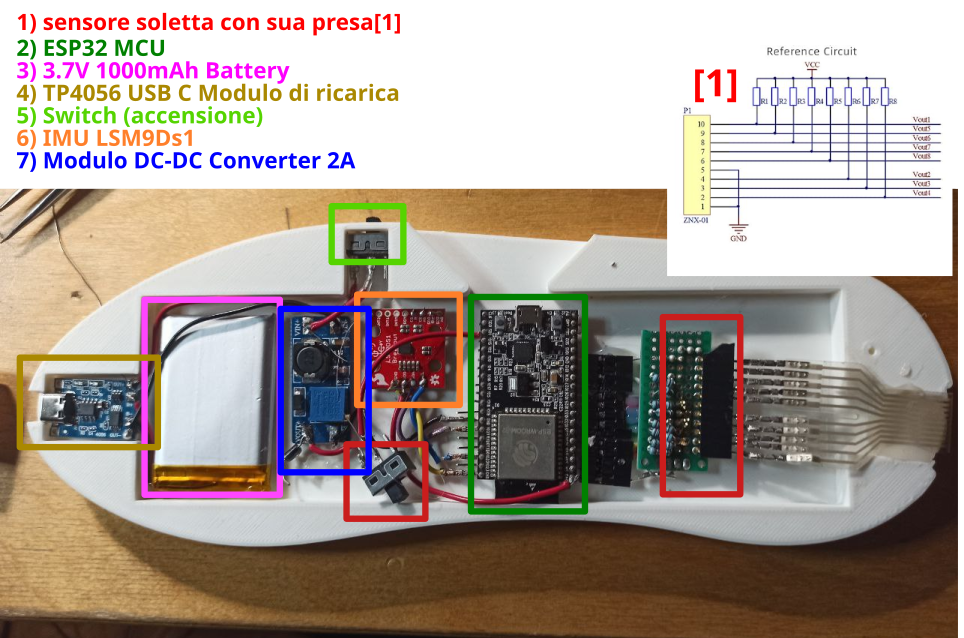
If we go to the github of the project you get an overview of the three sprints that made up the realization of the Smart Sole. Of course, we started with the ZNX-01 sensor, which can be found almost everywhere on Aliexpress and Amazon. It is a very interesting product because it provides the weight distribution of a human being in 8 convenient pressure sensors.
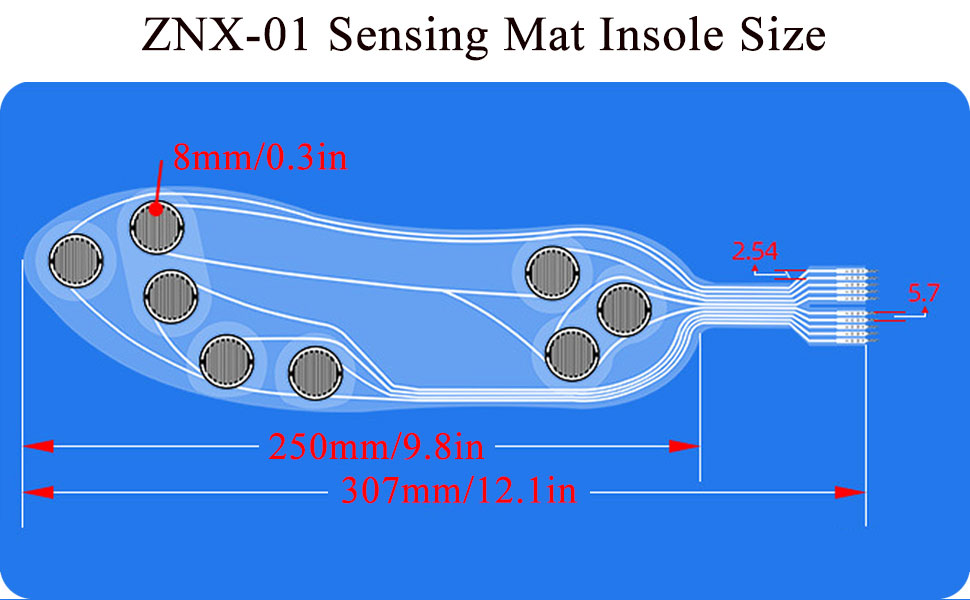
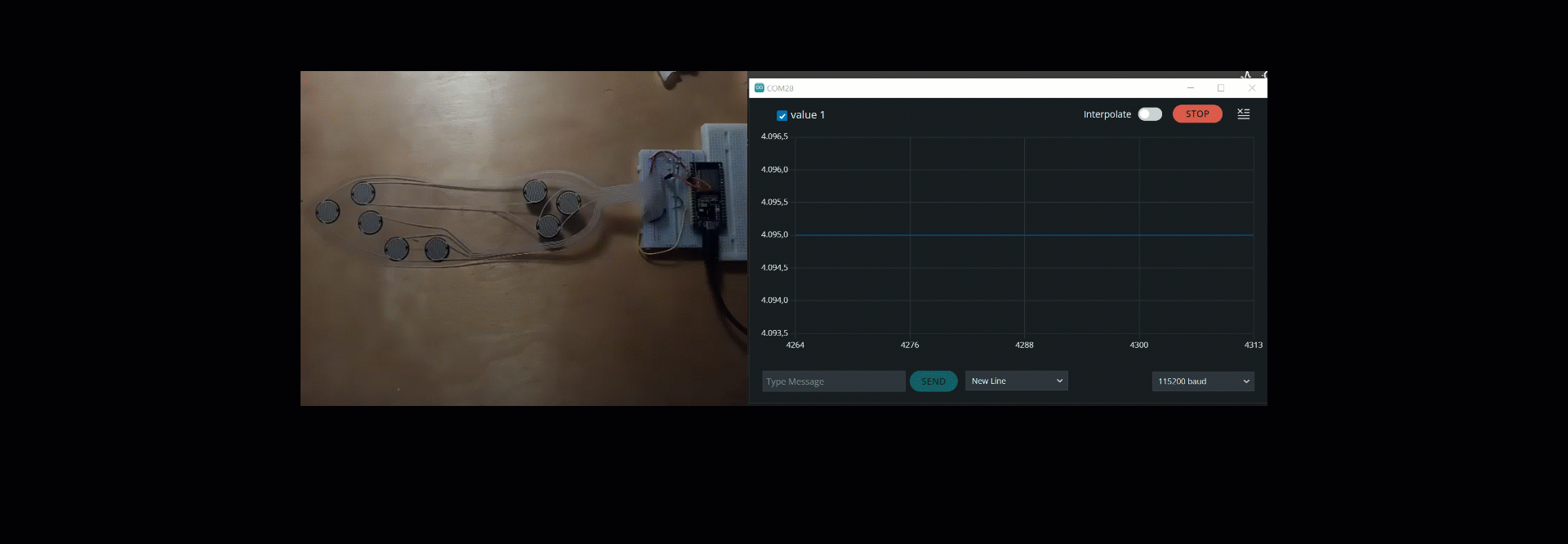
The first test was to use the sensor with a microcontroller, trying to visualize the pressure data coming from the membrane. After this first test we focused on making a visualization of the sensor using Node-RED. At this point the communication was still serial (there was a cable that the microcontroller used to communicate with the PC)
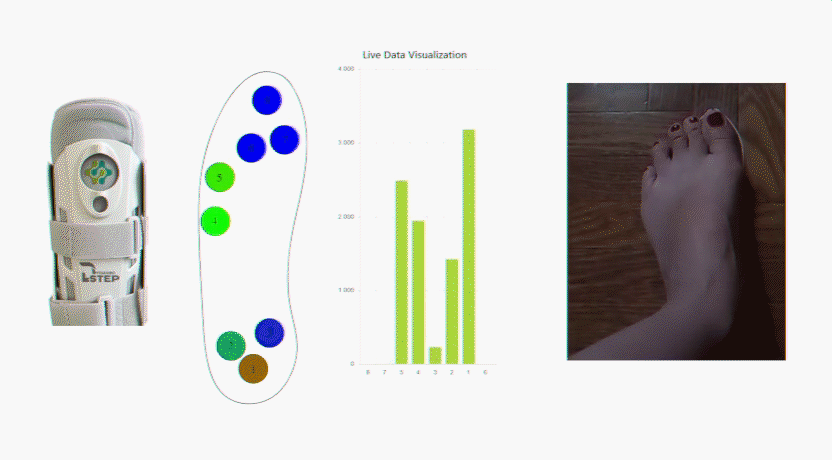
However, the next step should have been to visualize these parameters in a wireless scenario. After a series of tests done with WIFI (vers. 0.2), we found it more productive to switch to Bluetooth (BLE), using the beautiful Bluetooth web libraries implemented inside p5.js. Very helpful are the videos by the never forgotten Scott Fitzgerald on using Arduino Nano 33 BLE with P5.js. Until the last I tried to use a Nano (which has an IMU on board, very convenient!) but unfortunately I could not use it because we needed too many analog pins. Thanks as always to Martino Facchin💗 for confirming my gloomiest predictions and to Mirco Piccin for advising me as always.
Il passo successivo sarebbe comunque dovuto essere la visualizzazione di questi parametri in uno scenario senza fili. Dopo una serie di test fatti con il WIFI (vers. 0.2), abbiamo ritenuto più produttivo passare al Bluetooth (BLE), usando le bellissime librerie web bluetooth implementate dentro a p5.js. Molto utili i video del mai dimenticato Scott Fitzgerald sull’uso di Arduino Nano 33 BLE con P5.js. Fino all’ultimo ho provato ad usare una Nano (che ha una IMU a bordo, molto comodo!) ma purtroppo non sono riuscito ad utilizzarla perché avevamo bisogno di troppi pin analogici. Un grazie come sempre a Martino Facchin💗 per confermare le mie più tetre previsioni e a Mirco Piccin per consigliarmi come sempre.
